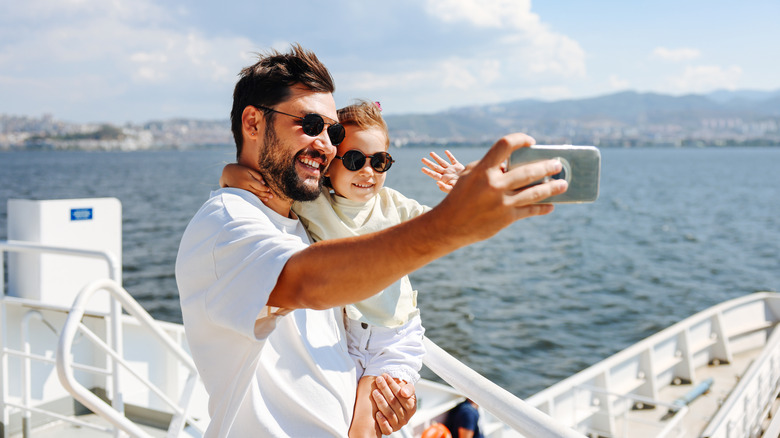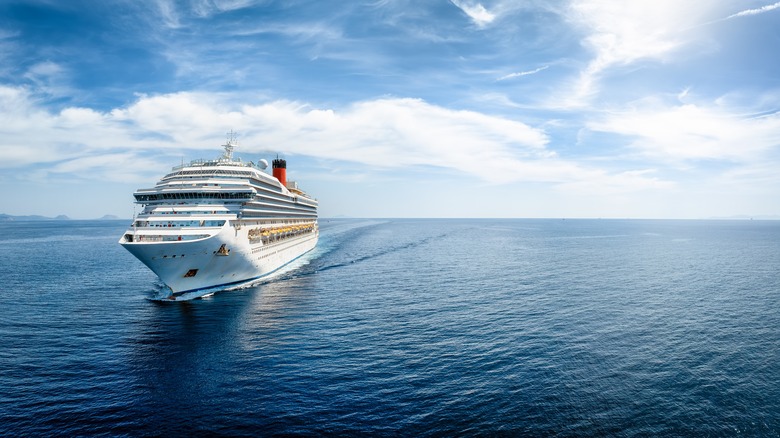These Are The Cleanest And Dirtiest Cruise Ships, According To The CDC
Picture this: your hair blowing in the wind, the open sea before you, the sound of crashing waves below your feet... and germs crawling over every surface you're currently touching. Not your idea of a perfect cruise experience, huh? We don't blame you.
Luckily, the Centers for Disease Control (CDC) have released the results of their most recent Vessel Sanitation Program (VSP) — which happens twice a year — to let potential travelers know what's going on behind the scenes. Analyzing a total of 65 cruise lines and more than 100 ships currently sailing in or through the United States, the CDC's inspection works on a points-based system. Out of 100 points possible, anything below 85 is immediately treated as unsatisfactory.
So, who made the cut? Most avid cruise travelers will be happy to hear that Royal Caribbean International's ships all scored between 92 and 100, and Disney Cruise Lines clung to the top with scores between 96 and 100. Meanwhile, other notable names were Celebrity Cruises (scoring 95 to 100), Oceania Cruises (95 to 100), Viking Ocean Cruises (97 to 100), and Virgin Voyages (with two scores of 94 and 95). As for the lower end of the scale, the only cruise line that failed to meet the requirements was Un-Cruise Adventures with their ship Safari Endeavour, which scored just 79 points. Other poor performers include Aida Cruises' AIDAaura (scraping by with an 86/100), Ferries Del Caribe's Kydon (86/100), and Lindblad Expeditions' National Geographic Sea Lion (86/100).
How does the program work?
In order to ensure health and safety standards at sea, the CDC focuses on analyzing eight specific areas of the ship. These include the following: on-board medical facilities, potable water sources, recreational water facilities (like spas and pools), dining rooms, children's activity centers, accommodations, HVAC systems, and common areas. Through periodic, unannounced inspections, the CDC can then determine whether the cruise lines' different ships are up to standard — and where they're currently falling short. And if you're wondering who foots the bill for these inspections, it's cruise ship owners who pay the fee — which ranges from $1,495 for a small ship to $23,920 for a super mega-ship.
Along with this, the CDC also offers specialized training for cruise ship employees to teach them about effective health practices, as well as valuable insights on all health and safety protocols and news related to the cruise industry. For travelers, for example, the VSP website shares tips on staying safe aboard a cruise ship, potential outbreak updates, and details on how the program works from a less technical perspective.
Ultimately, the main goal of the program is to prevent the spread of gastrointestinal illnesses aboard cruise ships and maintain a high level of hygiene for passengers — especially first-time cruisers — to feel safe and comfortable onboard.

